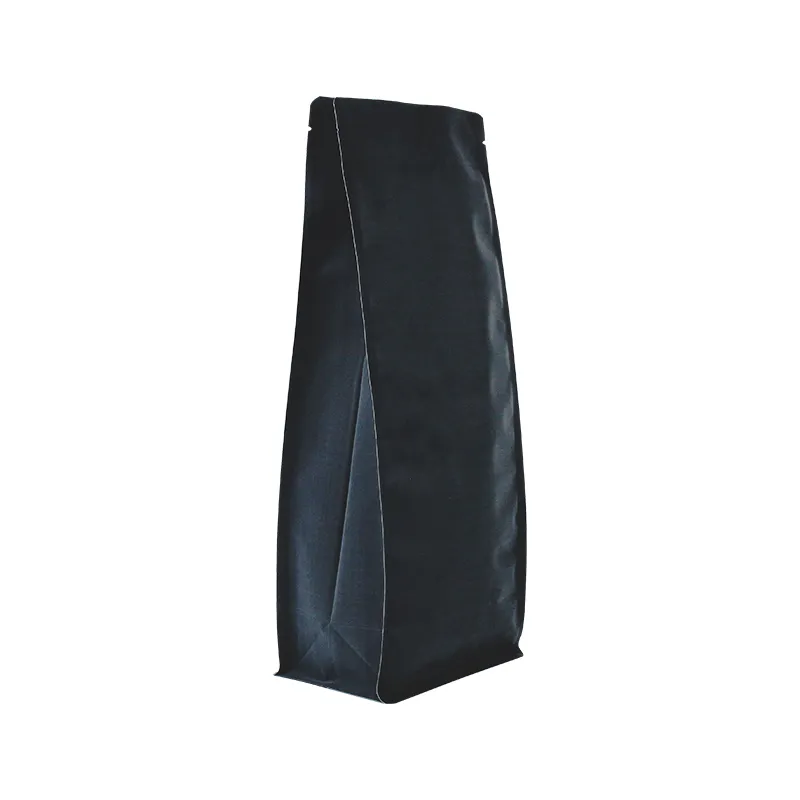- Afrikaans
- Albanian
- Amharic
- Arabic
- Armenian
- Azerbaijani
- Basque
- Belarusian
- Bengali
- Bosnian
- Bulgarian
- Catalan
- Cebuano
- chinese_simplified
- chinese_traditional
- Corsican
- Croatian
- Czech
- Danish
- Dutch
- English
- Esperanto
- Estonian
- Finnish
- French
- Frisian
- Galician
- Georgian
- German
- Greek
- Gujarati
- haitian_creole
- hausa
- hawaiian
- Hebrew
- Hindi
- Miao
- Hungarian
- Icelandic
- igbo
- Indonesian
- irish
- Italian
- Japanese
- Javanese
- Kannada
- kazakh
- Khmer
- Rwandese
- Korean
- Kurdish
- Kyrgyz
- Lao
- Latin
- Latvian
- Lithuanian
- Luxembourgish
- Macedonian
- Malgashi
- Malay
- Malayalam
- Maltese
- Maori
- Marathi
- Mongolian
- Myanmar
- Nepali
- Norwegian
- Norwegian
- Occitan
- Pashto
- Persian
- Polish
- Portuguese
- Punjabi
- Romanian
- Russian
- Samoan
- scottish-gaelic
- Serbian
- Sesotho
- Shona
- Sindhi
- Sinhala
- Slovak
- Slovenian
- Somali
- Spanish
- Sundanese
- Swahili
- Swedish
- Tagalog
- Tajik
- Tamil
- Tatar
- Telugu
- Thai
- Turkish
- Turkmen
- Ukrainian
- Urdu
- Uighur
- Uzbek
- Vietnamese
- Welsh
- Bantu
- Yiddish
- Yoruba
- Zulu
custom spice blending and packaging
The Art and Science of Custom Spice Blending and Packaging
In a world where culinary exploration is more popular than ever, the art of custom spice blending and packaging stands out as a unique niche that not only enhances flavor but also creates a personal connection between the consumer and their cooking experience. This practice goes beyond simply mixing spices; it involves understanding flavor profiles, cultural significance, and the sensory experience associated with various spices. As consumers become increasingly adventurous in their cooking endeavors, the demand for personalized spice blends is rising, paving the way for small businesses and artisans to thrive.
Understanding Spice Blending
At its core, spice blending is the careful combination of different spices to create a multi-layered flavor profile that is greater than the sum of its parts. The world of spices is vast, with each variety bringing its own characteristics, history, and cultural importance. For instance, one might blend cumin, coriander, and smoked paprika to evoke the warm, earthy flavors of a Mediterranean dish, while a mixture of cinnamon, nutmeg, and clove can transport the palate to a cozy autumn evening.
Creating a successful spice blend requires not just culinary skills but also an understanding of the science behind flavor interactions. Different spices can enhance or overpower one another, and the balance of heat, sweetness, acidity, and umami is crucial. Custom spice blending often involves a process of experimentation, requiring chefs and spice artisans to taste, adjust, and refine their blends until they achieve the perfect harmony.
Customization and Personalization
One of the key trends in the spice industry is the shift towards customization. Consumers are no longer satisfied with generic blends available on supermarket shelves. They seek unique flavors tailored to their individual tastes and dietary preferences. This has given rise to businesses that offer bespoke spice blending services, allowing customers to select their preferred spices and ratios, creating a personal blend that reflects their culinary style.
custom spice blending and packaging

Customization does not stop at flavor. Many brands now consider dietary restrictions, such as gluten-free, vegan, or organic preferences, ensuring that their blends cater to a wide audience. This personalized approach not only enhances customer satisfaction but also fosters brand loyalty as consumers feel a sense of ownership over their culinary creations.
Packaging A Vital Component
Once a custom spice blend is created, the next crucial step is packaging. It serves not only a functional purpose but also plays a significant role in marketing and brand identity. Attractive, eco-friendly packaging can enhance the appeal of a product, making it more attractive on store shelves or in online listings. Clear labeling that outlines ingredients, flavor profiles, and usage suggestions can inform and entice consumers, guiding them in their culinary adventures.
Moreover, storytelling is a powerful tool in packaging. Many brands share the story of their spice blends, whether it’s the inspiration behind the mix, the sources of their spices, or the cultural traditions they draw from. This adds depth and connection, making the product more than just a collection of spices—it becomes a narrative that consumers can engage with.
Conclusion
The world of custom spice blending and packaging is a vibrant intersection of creativity, culture, and commerce. As consumers continue to seek unique culinary experiences, the demand for customized blends offers a promising avenue for businesses and culinary artisans alike. By understanding the complexities of flavor, embracing customization, and implementing thoughtful packaging, the spice industry is poised for an exciting future that celebrates not just taste but also individuality and culinary heritage. In this flavorful journey, every blend tells a story, and every package opens a door to a world of flavor waiting to be explored.













